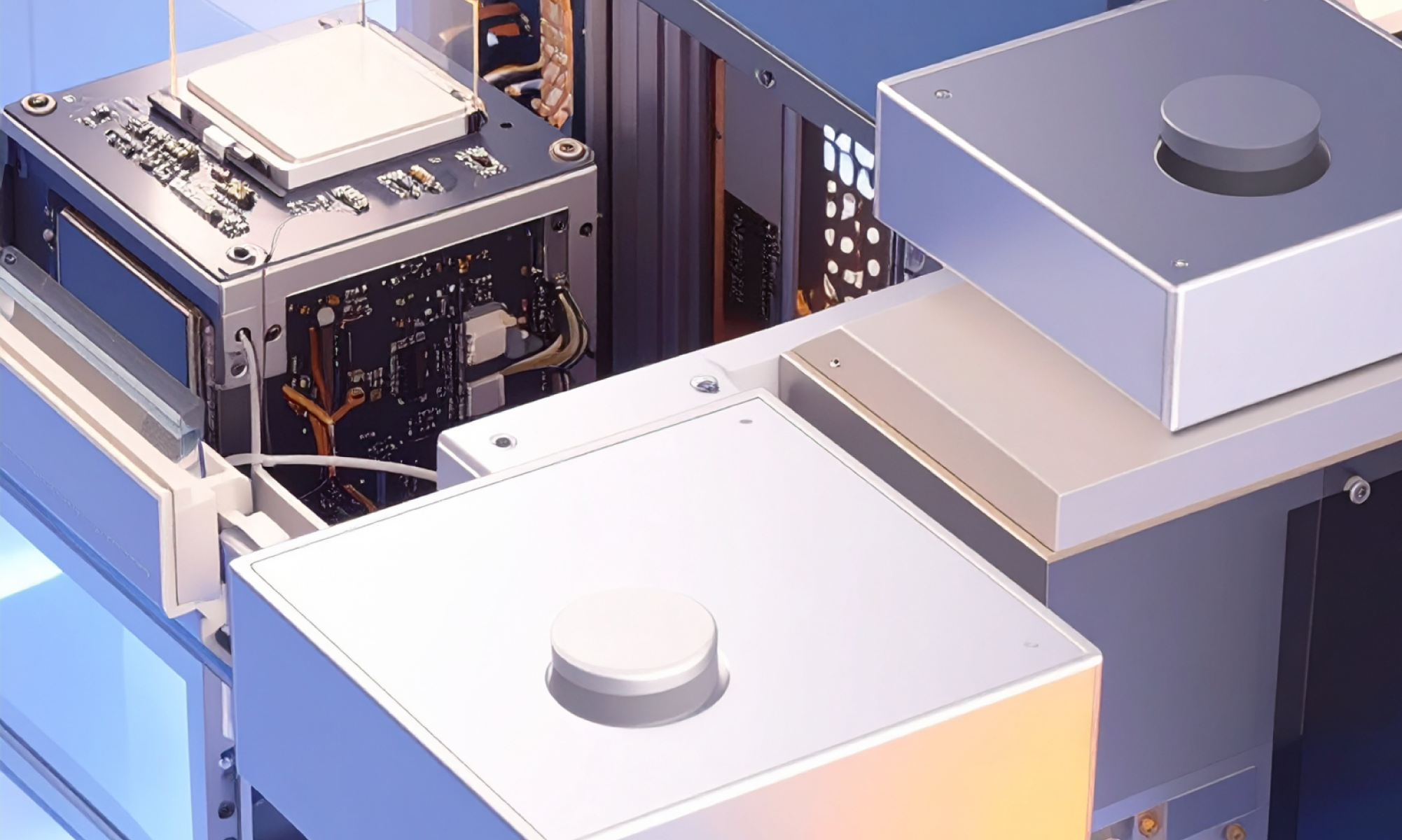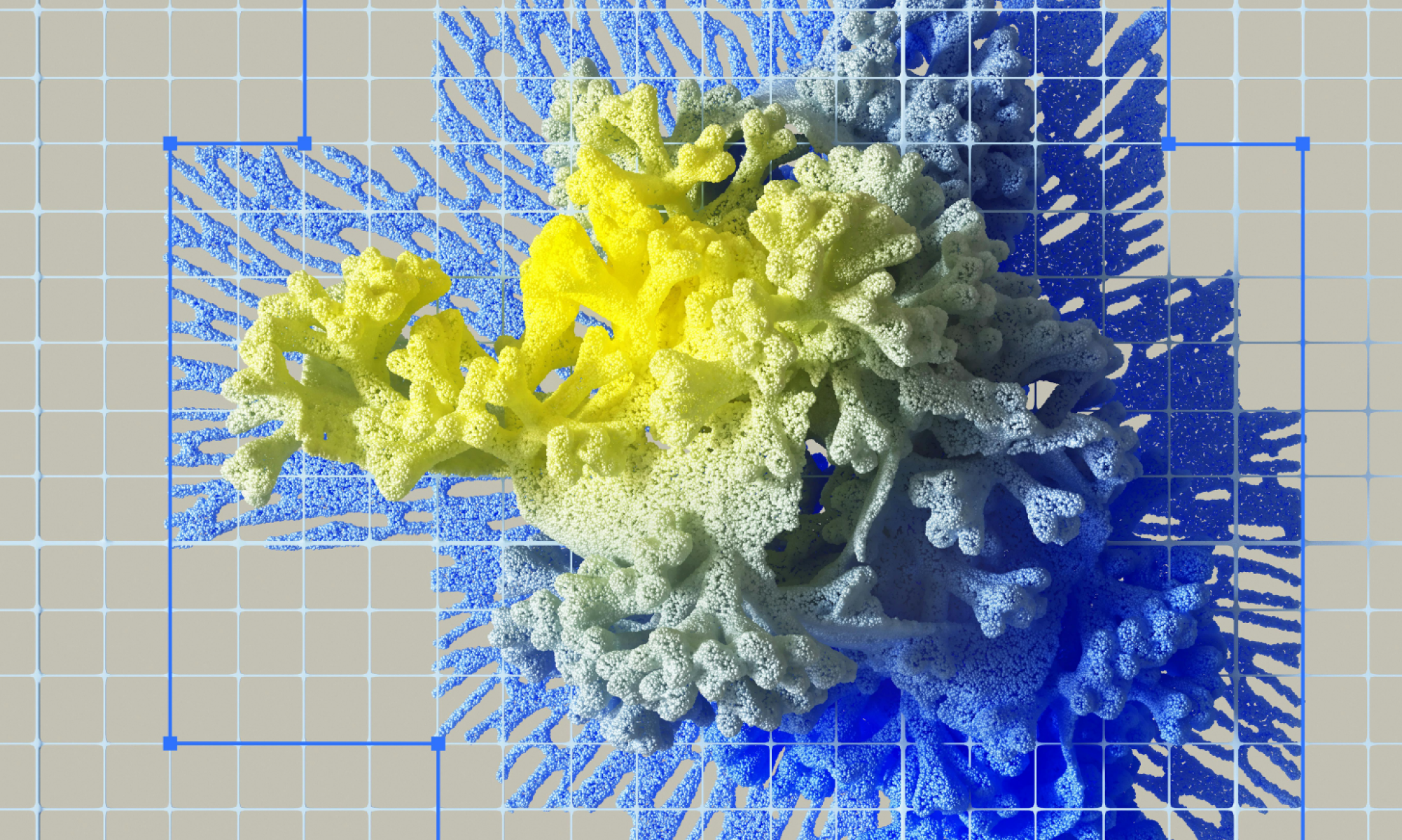AI
our blog
Protecting our Planet with Innovative and Affordable Sound Detection Technology

At Studio Graphene we’re always looking at ways we can use technology to bring new ideas to life. Over the last 12 months we have been exploring various proof of concepts that not only aim to have a positive impact on the world, but help us evolve and enhance our own skills and capabilities as a digital product studio.
One such opportunity came about following discussions surrounding our client’s platform idea that looked to build a sound detection and alerting system designed to be installed in remote areas like a dense forest, safari park or nature reserve.
Goals and aims
The platform’s overall aim was to install devices that could regularly monitor and detect any sounds that can potentially be a hazard for the natural ecosystem (be that wildlife or vegetation), giving early warning signals to alert rangers or emergency services - for example the sound of a forest fire, a gunshot or vehicle noise from poachers or machinery indicating possible illegal deforestation.
Upon detection, an alert could be sent to the ground control team along with necessary details. Getting this information to the central control team as close to real time as possible to analyse so they can take rapid action without delay was a key requirement.

Challenges
Throughout our various brainstorms it was clear there were several challenges we had to overcome including:
- No Network connectivity - the devices needed to work and analyse sounds offline since they had to be installed in remote areas.
- How to send an alert to the central ground control team without any network connectivity?
- How to cover the entire reserve area across hundreds of miles?
- Post sound detection, how to find the GPS coordinate of the incident?
- The requirement for robust, sturdy and weather-resistant hardware.
- Last but not the least, the solution must be cost-effective as often these areas are protected and managed by national parks, charities or non-governmental organisations.
Hardware solution - RPi 3
During the early stages of development, our team selected the RPi 3 as one of the latest models that could be used for the purpose owing to its performance, moderate price range (£70 for each RPi 3 setup) and easy-to-use features.
Another added advantage was that unlike other alternatives, RPi 3 did not demand any additional effort while assembling the different ports to the board.

Software solution
So with the hardware chosen we then focussed on putting in place a solution from a software perspective.
- We created a sound recording and detection algorithm on Python and installed the same on our Raspberry Pi.
- We then went through an exhaustive process of training our algorithm to be able to recognise various sounds like a car horn, gunshot, forest fire, dog bark, jackhammer etc.
- We then attached a small USB microphone to our RPi to constantly listen and record sounds and create small sound files.
- These sound files would then be processed through our algorithm. The algorithm would then flush out a probability percentage against each sound and give a final output based on the same. Any result which has a low probability percentage would be rejected to avoid false positives.
- Finally an alert package will be created with the below details and sent to the central control team via Sat-Nav:
- Actual sound file
- Detected sounds along with probability percentage
- Raspberry device ID
- Event timestamp
- The ground control team gets the alert packages from various RPis installed in the area. As the GPS coordinates for every installed RPi are already known and when multiple RPi’s raise the same alert, the ground team uses the triangularisation technique to figure out the probable GPS coordinates of the incident. Once GPS coordinates are known a QRT team is deployed immediately to the incident site.

Learnings / Limitations
During the course of the project we noticed and flagged some limitations that we faced. These included:
- Heating Issue: While we started processing the sound files with such a small processor, we faced a heating issue with the device. Multiple heat sinks and cooling fans were needed to be installed on the processor to manage and maintain the temperature. This could be a particular issue in high humidity environments like rainforests, or extreme temperatures in deserts areas.
- High-Quality Hardware (Costly): Using a simple USB microphone created a significant amount of static background noise. At times, the algorithms predicted these noises in the recordings incorrectly. The coverage area was also very compact, and hence our team came up with the idea to explore with Raspberry Boom to potentially fix the sound issue. RPi boom is capable of detecting inaudible infrasound signals from a massive number of sources.
- Weather Proofing: The sound detection device could potentially be installed in remote forest areas with weather and fire-resistant outer-casings required. Since those off-the-shelf cases did not satisfy the needs, we needed to customise the case and make it weatherproof.
Conclusion
Overall we were very pleased with the POC and based on detailed evaluation of the RPi sound detection device, we believe it to be an adequate tool to detect hazardous sounds in remote areas such as forests and natural reserves. The major factors considered in this evaluation were the environment, sustainability and cost-effectiveness.
Given the high cost of traditional monitoring techniques for large areas (e.g. drones), it’s exciting to consider the possible application of remote detection systems like the prototype we developed, as this will enable biodiversity organisations - often nonprofit bodies - to access innovative technologies at a lower cost and enable them to continue protecting our vital natural environment.









